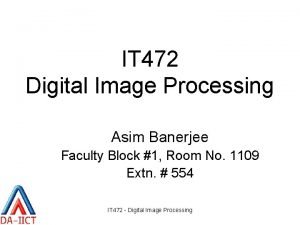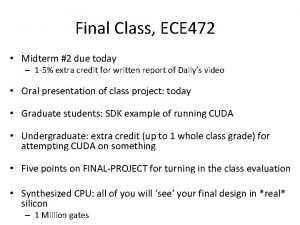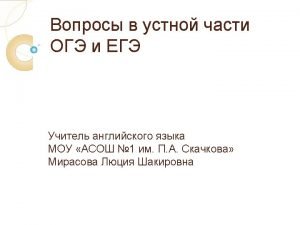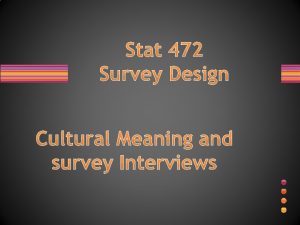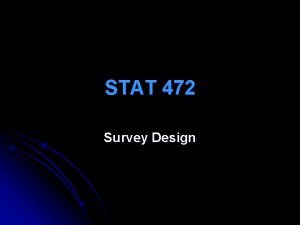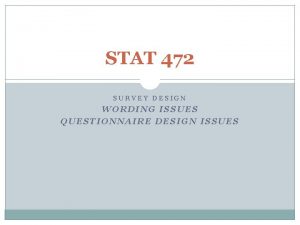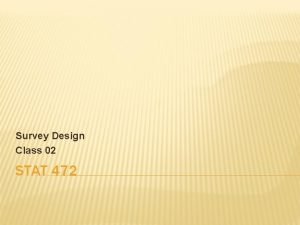Survey Design Stat 472 Types of Surveys Telephone







- Slides: 7

Survey Design Stat 472 Types of Surveys Telephone Interviews Face-to-Face Interviews

Telephone Interviews Advantages l l It is a popular survey method because about 95% of the population can be reached by telephone An interviewer calls a respondent (usually at home), asks questions, and records answers. Researchers sample respondents from lists, telephone directories, or random digit dialing, and can quickly reach many people across long distances. A staff of interviewers can interview 1, 500 respondents across a nation within a few days and, with several callbacks, response rates can reach 90 percent.

l l It is more expensive than a mail questionnaire the telephone interview is a flexible method with most of the strengths of face-to-face interviews but for about half the cost. Interviewers control the sequence of questions and can use some probes. A specific respondent is chosen and is likely to answer all the questions alone The researcher knows when the questions were answered and can use contingency questions effectively, especially with computer-assisted telephone interviewing (CATI) (to be discussed).

Disadvantages ü ü ü Higher cost and limited interview length Respondents without telephones are impossible to reach The call may come at an inconvenient time. The use of an interviewer reduces anonymity and interviewer bias Open-ended questions are difficult to use questions requiring visual aids are impossible Interviewers can only note serious disruptions (e. g. , background noise) and respondent tone of voice (e. g. , anger or flippancy) or hesitancy

Face-to-Face Interviews Advantages l l l Face-to-face interviews have the highest response rates and permit the longest questionnaires. Interviewers also can observe the surroundings and can use nonverbal communication and visual aids Well-trained interviewers can ask all types of questions, can ask complex questions, and can use extensive probes

Disadvantages l l l High cost is the biggest disadvantage of face-toface interviews The training, travel, supervision, and personnel costs for interviews can be high Interviewer bias is also greatest in face-to-face interviews. The appearance, tone of voice, question wording, and so forth of the interviewer may affect the respondent l Interviewer supervision is less than for telephone interviews, which supervisors monitor by listening in.

Table 10. 4: Types of Surveys and their features



